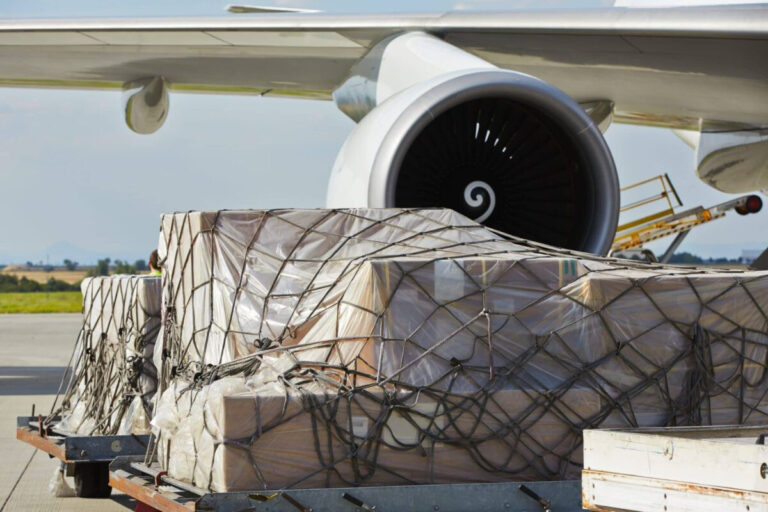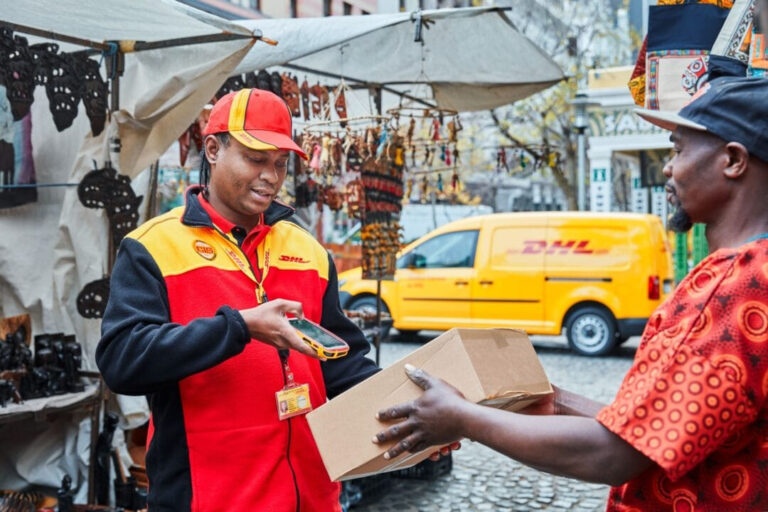
As 2025 kicks off, Chinese New Year (CNY) brings some familiar challenges, but this year, it’s particularly interesting given the state of the global economy and trade.
Chinese New Year, which falls earlier than usual this year, has already led to an increase in shipments to and from China as companies prepare to close for the holiday. But it’s not just about the holiday rush. The incoming US administration is expected to introduce new tariffs, prompting many companies to move shipments forward in anticipation of potential disruptions.
Additionally, the ongoing boom in e-commerce is pushing demand for air freight higher. Many factories are in early for the new year, resulting in an increase in orders for accelerated delivery. In January, airlines canceled numerous flights due to challenges in operating long-haul routes, which contributed to reduced cargo capacity. However, delayed e-commerce shipments, coupled with the use of charter flights and alternative transportation methods, have eased upward pressure on air freight rates.
How does 2025 look different from 2024?
The combination of Chinese New Year timing, continued e-commerce growth, and front-loading due to potential tariff changes from the US are all factors that stand out this year. However, the main difference this year is that Chinese New Year comes earlier than usual, having triggered an earlier peak in shipments. This shift had a huge impact on the market, causing demand to increase much sooner. For ocean shipping specifically, we have avoided a potential hit on the East and Gulf coasts of the United States, but early shipments have already been advanced in anticipation of disruptions. Interestingly, Asia to Latin America trade has been booming, growing 34% year-over-year, largely because companies are shifting strategies to challenging proximity in US ports.
At Rhenus, we have focused on securing space on the busiest routes, using block space agreements and finding alternative route options through our Asian gateways for clients. We also use cutting-edge digital tools to track market changes and respond quickly to shifting demand. For Ocean Freight specifically, we are staying on top of new schedules from major shipping alliances and working closely with our partner carriers to find the best solutions for our customers during this busy period.
Sustainability: Maintaining a small footprint, even in busy times
While managing increased demand, we do not lose sight of our sustainability goals. We know that the environmental impact of shipping is a growing concern, and we continue to offer customers greener options. Our emissions dashboard and tools like Rhegreen help improve transportation methods, and we are expanding our sustainable aviation fuel (SAF) options, along with sustainable ocean freight alternatives.
What customers are doing differently this year
Customers are more prepared for this year’s disruptions than ever before. Many have planned shipments earlier than usual to avoid delays, and some have re-shipped ocean freight to nearby countries, especially for US destinations. However, with Space Limited, some have chosen to wait until after Chinese New Year to ship. It’s all about balancing the need to move goods quickly with the realities of space constraints and inventory costs.
Although a new early China surge may be manageable on its own, the added complexity of tariff changes, shifting trade flows, and potential strikes makes 2025 even more unpredictable. January has become an important time for companies to plan their shipments to avoid disruptions later in the year.
“The new Chinese New Year this year brings both unique opportunities and challenges to global supply chains, impacting both demand and capacity. The increase in advanced shipments, driven by increased e-commerce activity and expected tariff changes, has put further pressure on air and ocean shipping.” While a potential strike on the US Eastern and Gulf Coasts has been averted, it highlights how preparedness and flexibility are always important in logistics. To help our customers adapt to changing market conditions and maintain resilient supply chains, we actively believe capabilities and offer customized solutions. Our goal is to navigate and overcome these challenges,” said Jan Harnisch, CEO of the Air and Ocean Division of the Rhinos Group.



